contact Boss
Don’t rush to close it, talk to our boss directly, you will get a surprise.
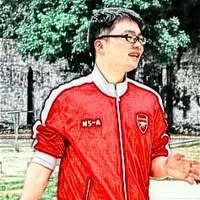


1900+ Users
Completed User Services
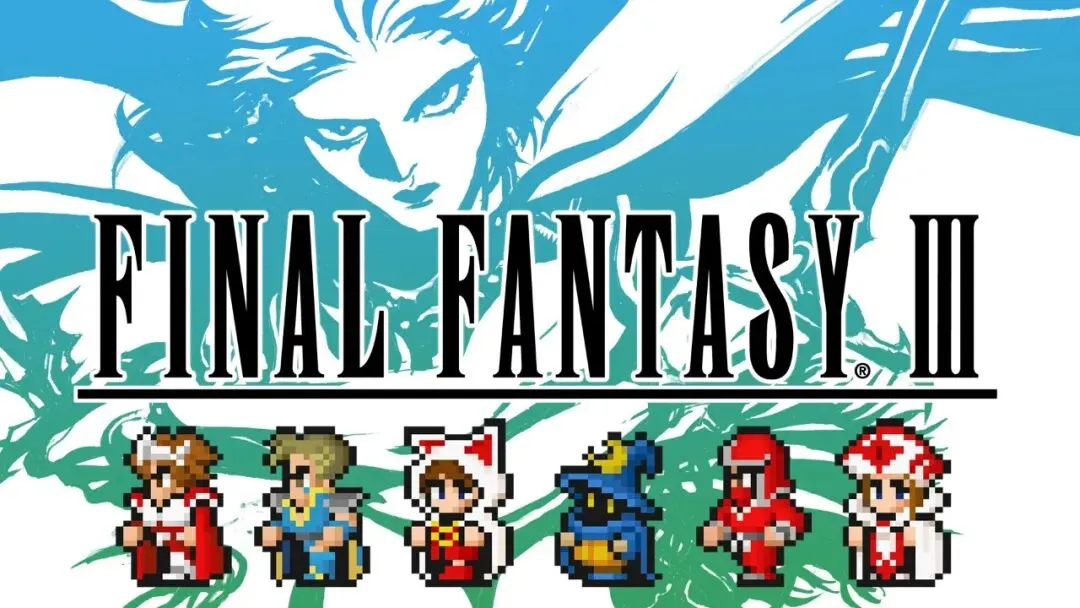
Final Fantasy III is a Final Fantasy gift bundle for the Nintendo Entertainment System (FC). Compared to the boldly innovative Final Fantasy II, Final Fantasy III features a more traditional and accessible system. Its plot also returns to the original story of the four Warriors of Light saving the world, serving as a bridge between the past and the future.
Final Fantasy III is a classic role-playing game (RPG) released by Square Enix (now Square Enix) in Japan in 1990. As the third installment in the series, it not only established the core gameplay framework of the series but also became a landmark title in the FC era with its innovative systems.
Final Fantasy III’s position in gaming history can be regarded as a key turning point in the transition of Japanese RPGs from “imitation exploration” to “independent maturity.” Its contributions in system innovation, technological breakthroughs, and industry paradigm building have made it a milestone work in the FC era and even in the development of the entire gaming industry.

A popular saying among players regarding the six Final Fantasy games during the 2D era is that games 1, 3, and 5 focused on gameplay, while games 2, 4, and 6 focused on story. The plot of game 3 is as simple as the first: one day, the balance between light and darkness is once again lost, and the world is shrouded in widespread darkness. Four children stumble upon a crystal and become Warriors of Light. The crystal grants them power and guides them in restoring balance.
Thus, the four Warriors of Light travel the world, befriending a diverse range of people, gradually unraveling the world’s mysteries, and preventing its destruction.
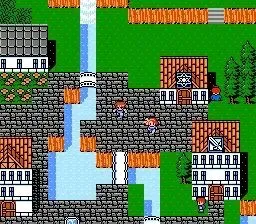
Final Fantasy III’s four main characters lack any character development; they’re simply tools tasked with saving the world. The events of the absurdly simple main storyline largely occur outside the main cast.
This is quite unfortunate, as a role-playing game would be much more engaging if it offered some insight into the protagonist’s life story or the friendships between his companions. (The game was later remastered for the Nintendo DS, giving the protagonists unique names and some added personality.)
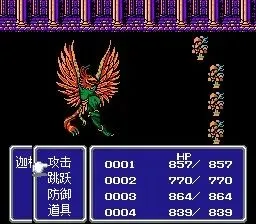
But this also has its advantages. Perhaps because the story is simple and the text is small, there is no need to read a lot of NPC dialogues, so it is surprisingly easy to play.
The free class transfer system is a key feature of Final Fantasy III. As the story progresses, the protagonist can continuously acquire new classes. Each class not only has distinct abilities but also attributes like stamina.
Switching between classes requires C points gained from battle. Higher-level classes consume more C points than lower-level ones, but as class proficiency increases, the C points required for class transfers decrease.
There are 22 classes in the game, but their strength is uneven. Many are underused, with only a few commonly used classes. Additionally, some classes, like the Scholar and the Dragon Knight, are specialized for dealing with specific bosses and are essentially disposable.
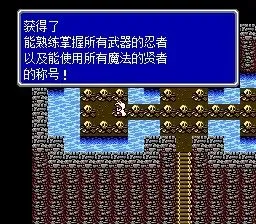
In the later stages, the two strongest professions, Ninja and Sage, are unlocked. One has the strongest physical output, and the other can use all types of magic. It can even directly replace all other professions, rendering them mere decorations.
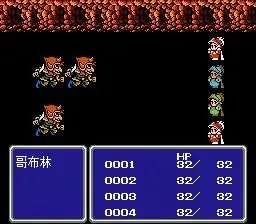
Even so, the class system makes this game far more replayable than other RPGs of the same period.
The game’s starting class, the Onion Swordsman, has low attack damage, can’t use magic, and has no special abilities. Its stats grow very slowly until level 90. However, once you reach the maximum level of 99, all your stats reach their maximum value of 99, and you can even spawn the game’s most powerful Onion gear, though the chances of that happening are extremely low.
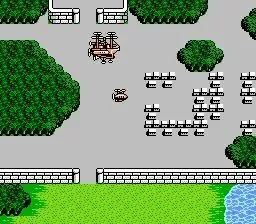
While many other RPGs have a system where you learn magic and spells by leveling up, in this game, magic is purchased in shops or picked up from treasure chests. Traveling around the world looking for towns and villages, and buying magic with your limited money, is part of the fun.
Final Fantasy III’s large map is exceptionally well-designed. It’s not a space, with numerous towns and villages nestled amidst the jagged mountain ranges. Beyond that, there’s a wealth of other rich content, such as a massive castle, a vast desert, and a forest inhabited by chocobos.
As the airship evolves, its reach expands, and later, you can even dive into the ocean floor to explore mazes. Accompanied by the soothing background music of “Eternal Wind,” the grasslands, blue skies, mountains, and oceans transcend simple pixel art to create a vibrant fairytale world.
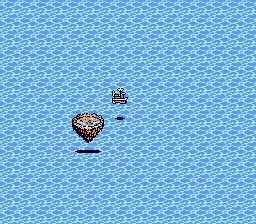
The most impressive moment was the first time I got the airship and flew away from the floating continent. Facing the endless ocean in front of me, I was shocked and felt a little lonely. I originally thought that the floating continent was the entire stage of the story, but I didn’t expect that it was just a small corner of the world.
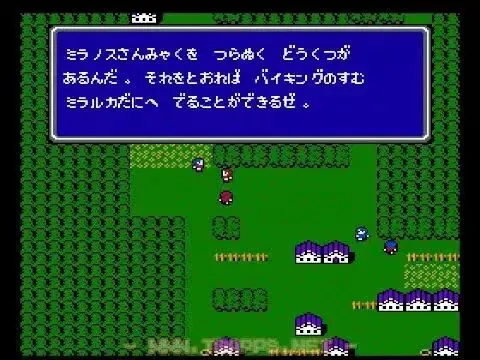
The various towns in the game, though visually identical due to the limited capacity of the cartridge, were meticulously composed by Nobuo Uematsu, the composer behind the FF series, to create unique soundtracks for each.
The soundtracks for these towns have a distinct fairytale feel. Even though 8-bit music can’t convey the same level of detail, you can still feel a touch of sadness and warmth woven into the music. It’s a feeling that’s hard to put into words, but anyone who’s played the game will undoubtedly understand it.
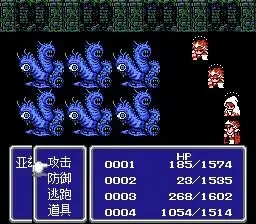
Basically, like any other RPG, the natural leveling process is enough to clear the game. The mazes aren’t cluttered with traps, so getting lost is almost impossible. The only caveat is the large number of monsters you encounter at once, and the frequent encounters from behind, which can reverse the front and back rows.
The most memorable challenge is the split monsters in the Dark Cave. Without the Magic Swordsman class, it’s not uncommon for a single encounter to take several minutes.
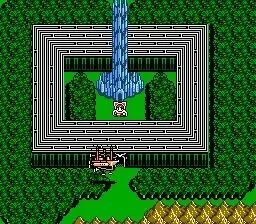
The biggest difficulty of the game has to be the final maze. The whole process is very long, probably taking two hours or even longer. There are no save points in the middle, and you also need to challenge four small bosses separately. Some of them are stronger than the final boss. If you played it on a real machine back then, you would have to start all over again if you failed once, which was really torture.
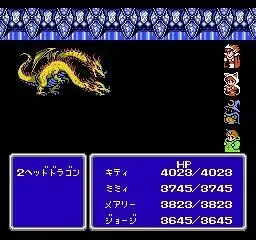
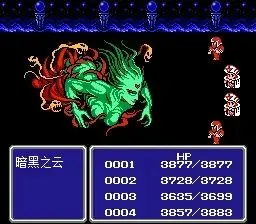
The final dungeon offers a wealth of equipment and items, but by this point, the player’s backpack is already nearly full. Each time you open a treasure chest, you have to choose something to throw away, which is quite annoying. After all, due to the limited capacity of the cartridge, your backpack can’t have infinite space.
The final boss, Dark Cloud, looks intimidating, but it’s actually not that difficult. Once you stack your shield magic, her wave cannon has no damage (FC version only).
As the last chapter of the FF series on the FC platform, Final Fantasy III has done a good job of connecting the past and the future. Although the setting is basically the same as the first game in the series, the perfect performance of the system and setting also marks the series of games from its infancy to the youth stage of growth, and also draws a perfect end to the FC console era.
Later, Final Fantasy III was also remastered in 3D for the Nintendo DS, with class strengths recalibrated. However, I personally prefer the pixel art style, especially since the 3D graphics on the Nintendo DS were a bit rough. Then, in 2023, Final Fantasy III received a pixel art remake, which I personally think is significantly better than the original 3D version.
As for its place in gaming history, I believe Final Fantasy III marks a pivotal turning point in the evolution of Japanese RPGs from “imitation and exploration” to “independent maturity.” Its contributions to systemic innovation, technological breakthroughs, and industry paradigm-building make it a landmark work in the Nintendo Entertainment System era and the entire gaming industry.
I will analyze it from three core aspects: historical coordinates, technological breakthroughs, and industry impact:
Before Final Fantasy III, the first two games in the series had yet to fully shed the shadow of Dragon Quest (Dragon Quest). The original game’s gameplay framework bore clear traces of DQ imitation, and the second game attempted to remove the leveling system and adopt a weapon proficiency mechanic, but failed due to balance issues.
Final Fantasy III, through its systematic restructuring, completely established the FF series’s independent style, becoming one of the two classic paradigms of Japanese RPGs, alongside the DQ model.
Its core contribution lies in establishing the series’s still-standing “Crystal – Class – Narrative” framework:
As the final game on the FC platform, Final Fantasy III achieved multiple technological breakthroughs within the limitations of the hardware, pushing the expressive power of 8-bit machines to the limit:
From commercial success to industry impact, Final Fantasy III’s performance is also a milestone:
Final Fantasy III’s innovations were not limited to the FF series; they profoundly influenced the development of the entire RPG genre:
Final Fantasy III’s position in gaming history lies not only in its status as the technological pinnacle and commercial hit of the FC era, but also in the fact that it established an independent creative paradigm for Japanese RPGs. Its system innovations and design concepts span decades and continue to influence the creative logic of the gaming industry. It can be called a legendary work that “defined the genes of modern fantasy RPGs.”
If you’ve ever played Final Fantasy III, please leave your valuable experiences in the comments section so we can discuss and reminisce about the good old days together.